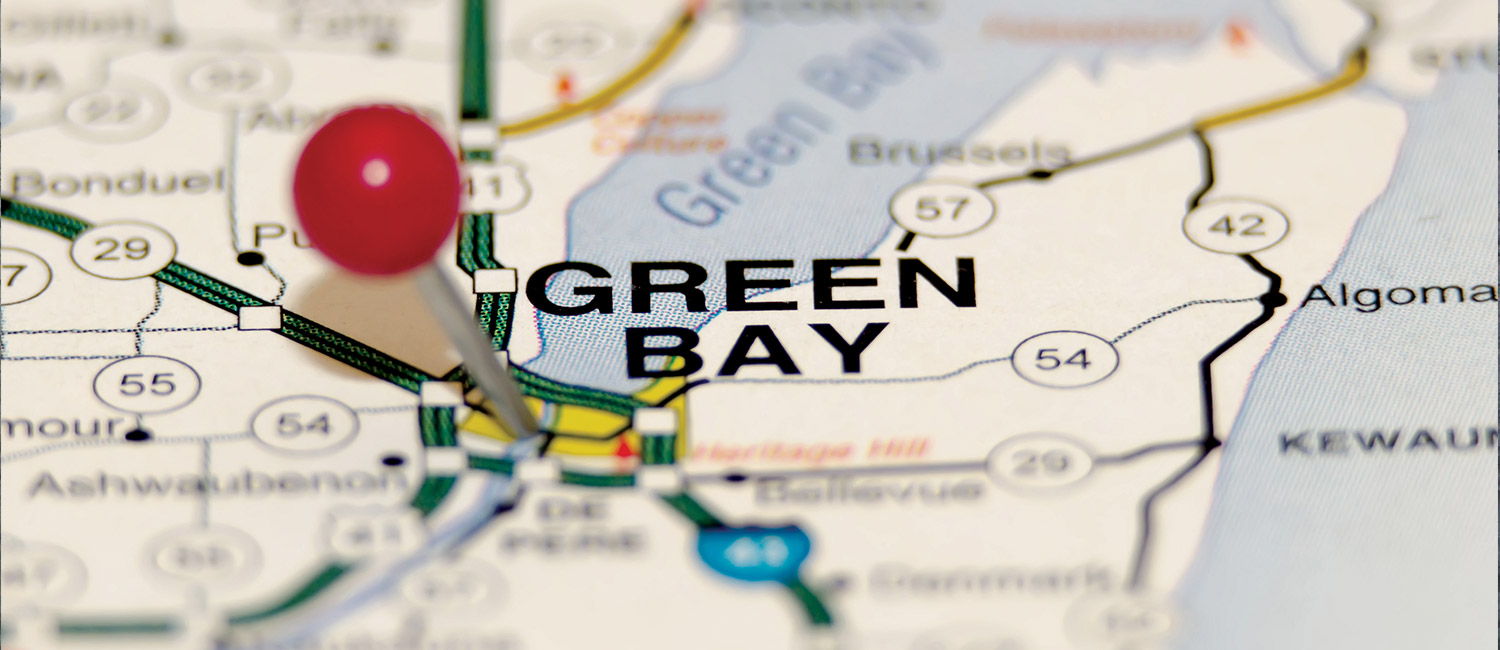
Reviving Green Bay’s dead zones
There are as many cows in Wisconsin’s Brown County as there are people in the city of Green Bay. It’s a fact J. Val Klump, dean of the School of Freshwater Sciences, uses to explain why agricultural runoff is a main cause of dead zones in Lake Michigan’s Green Bay.
And here’s another fun fact he likes to toss around: The average cow produces as much daily waste as 18 human beings. If that doesn’t drive home the point, nothing will.
To break it down: With the spring and summer rains, phosphorus and nitrogen from manure used as fertilizer can wash into the Fox River, which empties into the southern end of Green Bay. The runoff can trigger massive growths of algae, creating a green soup in the bay.
Meanwhile, as the bay’s surface water warms, its colder water, which is denser, sinks to the bottom. As algae die, they accumulate on the bottom and decompose, resulting in oxygen reduction – or hypoxia – and the creation of dead zones. Larger fish swim out of the zones, but smaller organisms cannot escape and suffocate.
Hypoxia ends in the fall when the surface cools and remixes with bottom water, replenishing the oxygen. Yet hypoxia can’t be blamed entirely on the weather, or the cows. “Ultimately, we are the source of the problem,” Klump says. Half of Green Bay’s phosphorus load comes from farms, including large-scale industrial ones that confine and feed livestock only in structures.
Klump has made the drive north from Milwaukee regularly since 2009, when scientists from UWM and UW-Green Bay teamed with the Green Bay Metropolitan Sewerage District to restore water quality and reduce dead zones.
Researchers have devised a computer model to track how much soil and phosphorus comes off the landscape. They’re also using a buoy to monitor oxygen levels, temperature and wind speeds, and working with scientists at UW-Madison to predict how climate change will impact the frequency of hypoxia.
Because the Clean Water Act doesn’t regulate nonpoint source pollution, such as land runoff, cleanup relies on volunteer efforts by farmers and urban-dwellers alike. No-till farming, for example, reduces erosion and runoff. Converting manure from industrial farms into biogas also keeps waste out of the watershed. Eliminating the dead zones could take many years, Klump says, but he’s encouraged by efforts underway.
Biologist Jerry Kaster, an associate professor in the School of Freshwater Sciences, explains a hopeful sign from the summer of 2016. The mayfly, once a major food source for the Green Bay fish population, re-emerged. The Green Bay Fly, as it was called, was last observed in the area in 1955, and was nearly wiped out by Fox Valley paper mill pollution and resulting dead zones.
Re-establishment began in 2014. Since then, UWM scientists have stocked 488 million mayfly eggs at study sites under the purview of the Wisconsin Department of Natural Resources.
In addition to restoring a native species to its original ecosystem, Kaster says, the mayfly’s comeback could be a boon to sport fishing in Green Bay, once a heralded source for walleye.